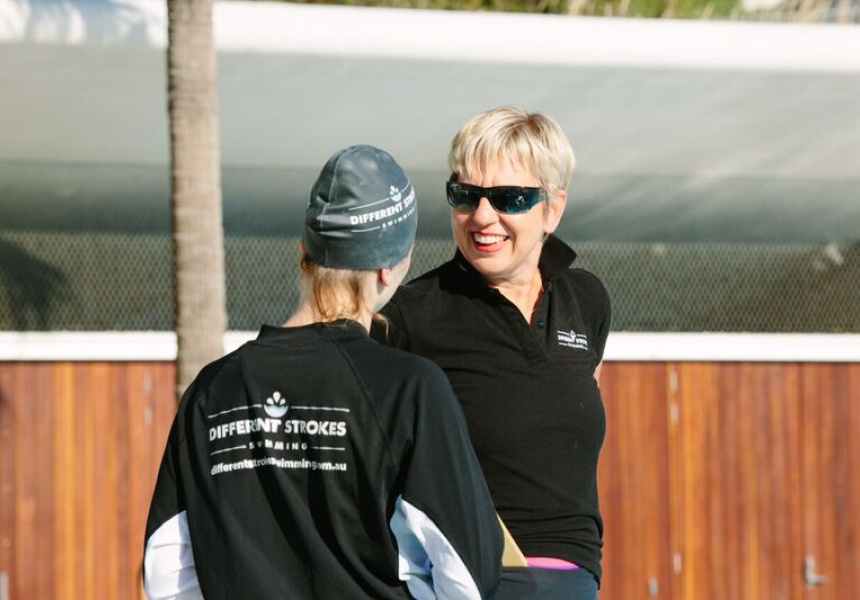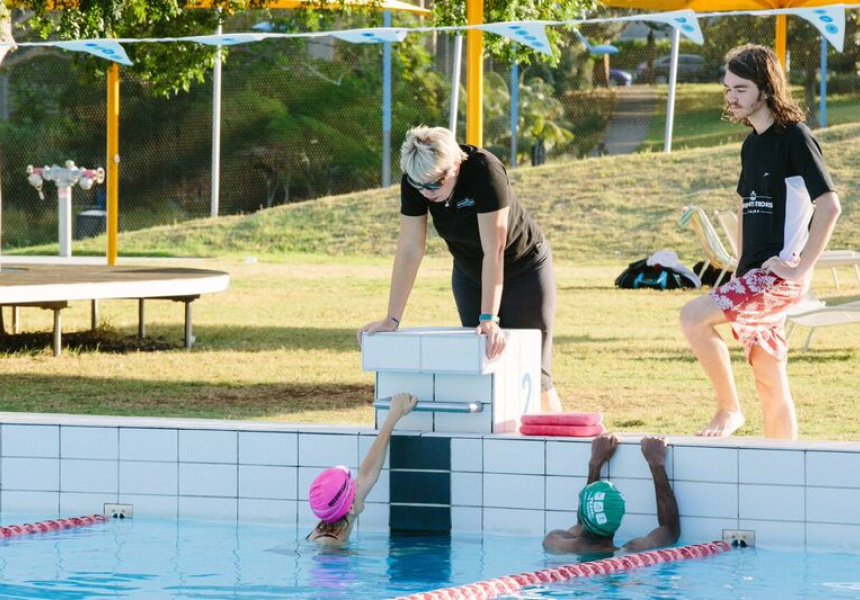Swimming coaches agree on two things. First, that adults at every level can benefit from lessons. And second, that the biggest problem adults have when swimming is proper breathing.
In Sydney, finding a place to improve your swimming is easy. Our city is home to some of the world’s finest pools, from the Olympic standard to the just plain idyllic. We spoke to the coaches at five of the best, who each gave us a few tips. Whether you’re improving your technique or training to take on the ocean, here’s who, and where, will help you.
Coach Rogers, Bondi Icebergs
Coach Neil Rogers represented Australia in the 1972 and 1976 Olympics in butterfly. These days he teaches squads and private lessons at the Bondi Icebergs ocean pool. “It’s glorious,” he says. “It’s fresh salt water, year round.”
We think you might like Access. For $12 a month, join our membership program to stay in the know.
SIGN UPHis students come to him ready to learn. Some just need stroke correction or help with breathing techniques. Some are starting from scratch.
Whatever their reason, coach Rogers thinks swimming is the best form of exercise, and good for mental health. “Swimming is the only sport you can do from nine months to 99 years old,” he says.
“It’s a great therapy. It’s cathartic. A lot of people these days have depression and anxiety. Swimming in an ocean pool is the best stress-reliever in the world.”
icebergs.com.au/pool-facilities
Narelle Simpson Swim School, Brookvale
“The skills you teach an adult are the same you teach children,” says Narelle Simpson of NS Swim School at Brookvale.
Although the program is the same, an adults’ reasons for taking lessons are vastly different to a child’s. One student might be getting over his fear after a near-drowning experience. Another might be experienced but her breathing technique is so poor she can only swim 50 metres.
“The most important thing is for students to feel safe in the water,” says Simpson. “You’re in a situation where you can’t breathe when you want to. You have to learn to relax and blow bubbles under water so you can breathe in when you turn your head.”
Ocean Fit, Bondi Beach
Beware the calm patch of ocean. “It’s usually the most dangerous part of the beach,” says Andre Slade of Ocean Fit.
Rips, the currents formed by waves breaking and returning to deep water, are complex beasts. They go in many directions, and flex different strengths. Slade’s advice to a new ocean swimmer is: “Swim in the part of the beach with the most waves. If you get into trouble, the waves will help you back to shore.”
Ocean Fit’s students are mostly competent pool swimmers training for ocean swims or triathlons. Ocean Fit prepares them for the unpredictability of open water.
“In the pool you have consistent conditions. It’s going to be one temperature, the same depth and the side of the pool is always the same distance away. Ocean conditions are different every time. It’s bumpy, darker, deeper, and then there’s the surf.”
Instructors in groups of two go out with 12-student clinics or private lessons. Safety equipment is always nearby, and instructors are in the water, so there’s always a steady arm to grab if panic takes hold.
Different Strokes, Inner City and Inner West
At age 48, Kari Baynes decided it was time to learn to swim, and after 18 months of lessons and daily practice, she was swimming 20 laps. Today she does ocean swims, international swimming holidays and has even won the odd medal.
“It transformed my life. At 48 I didn’t think I could learn a new physical skill, and I could.”
In 2014, Baynes opened Different Strokes. Instructors teach in pools across the inner city and inner west, including in Victoria Park, Ian Thorpe Aquatic Centre and Prince Alfred Park.
According to business development advisor Thomas Baker “Different Strokes’ group lessons are unique. Every person has a free introductory lesson where we assess their skill level. Students of similar abilities are put into groups, and the maximum class size is four people.”
differentstrokesswimming.com.au
Superfish Swimming, Ian Thorpe Aquatic Centre
Sarah Koen never pushes her students beyond their comfort zone. She teaches students to feel good in the water. As a rule, a tense student will sink, while a relaxed one will float. Floating is most of the battle.
She’s confident anyone can learn to swim, and says it doesn’t take very long.
“In one lesson I could give you enough information to make you a much better swimmer than you were an hour earlier. If you came once a week and did your own practice, you could class yourself as a swimmer after a month.”
Living in Papua New Guinea until age eight, she swam every day of her childhood. She finds teaching adults to swim inspiring. “I have total respect for adults who want to learn to swim. It’s confronting to learn something from scratch as an adult, but I think it’s an amazing, brave thing to do.”



